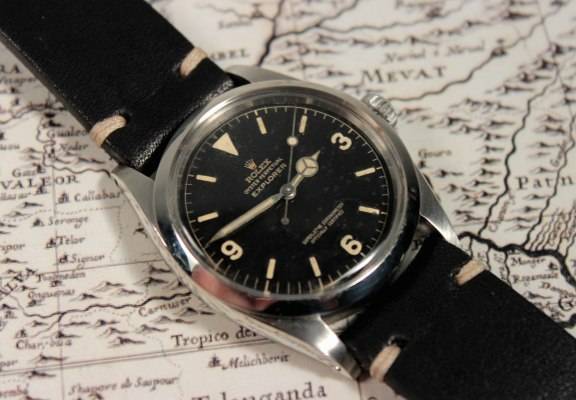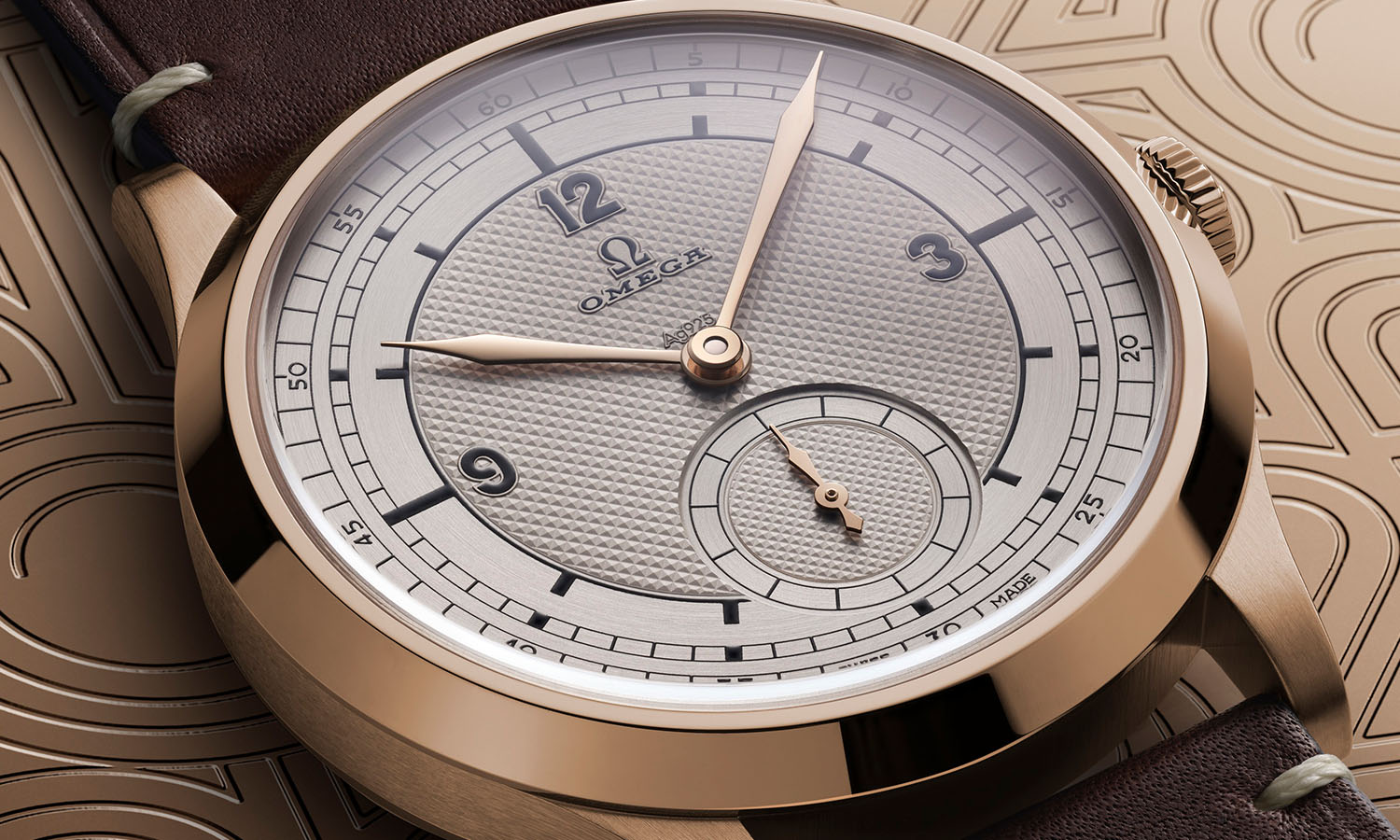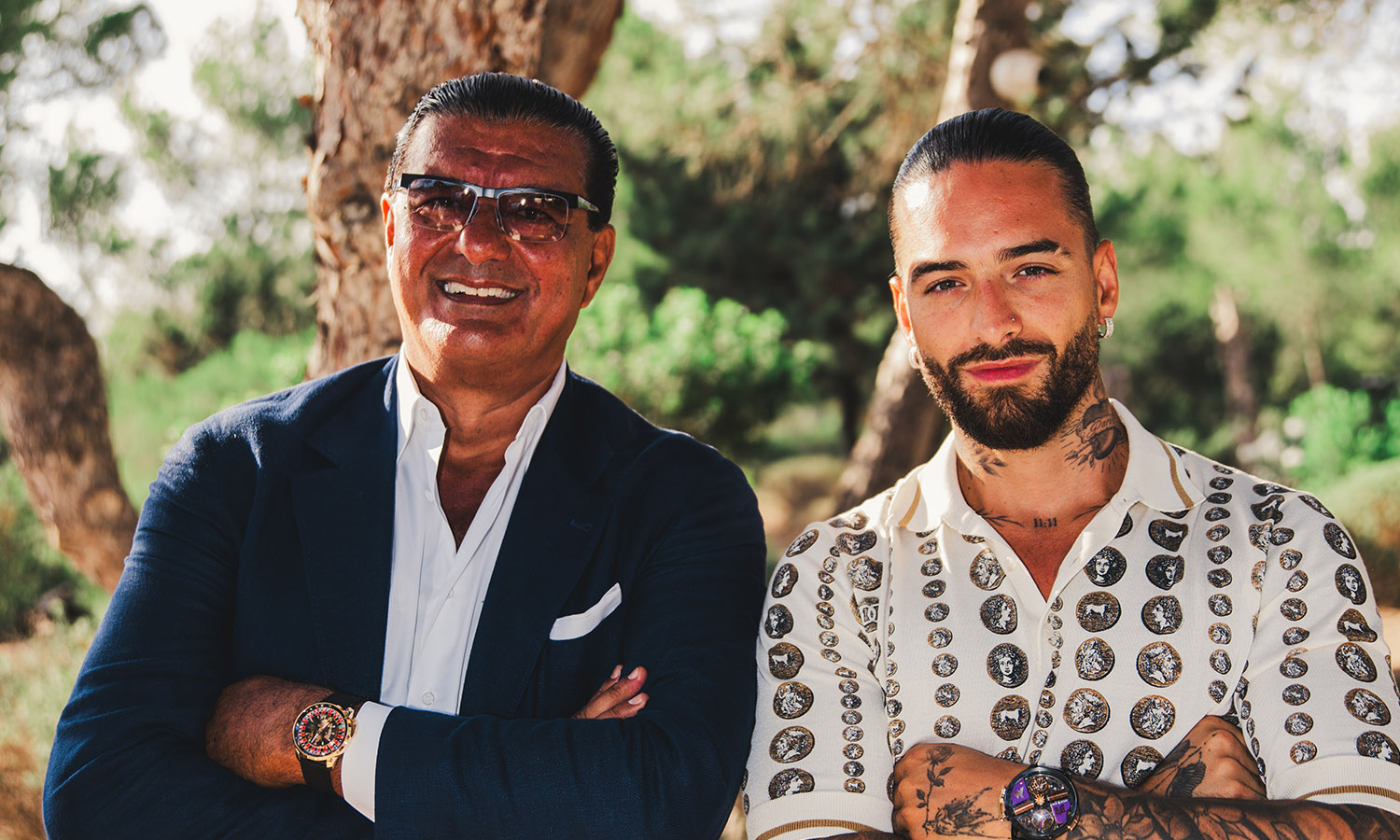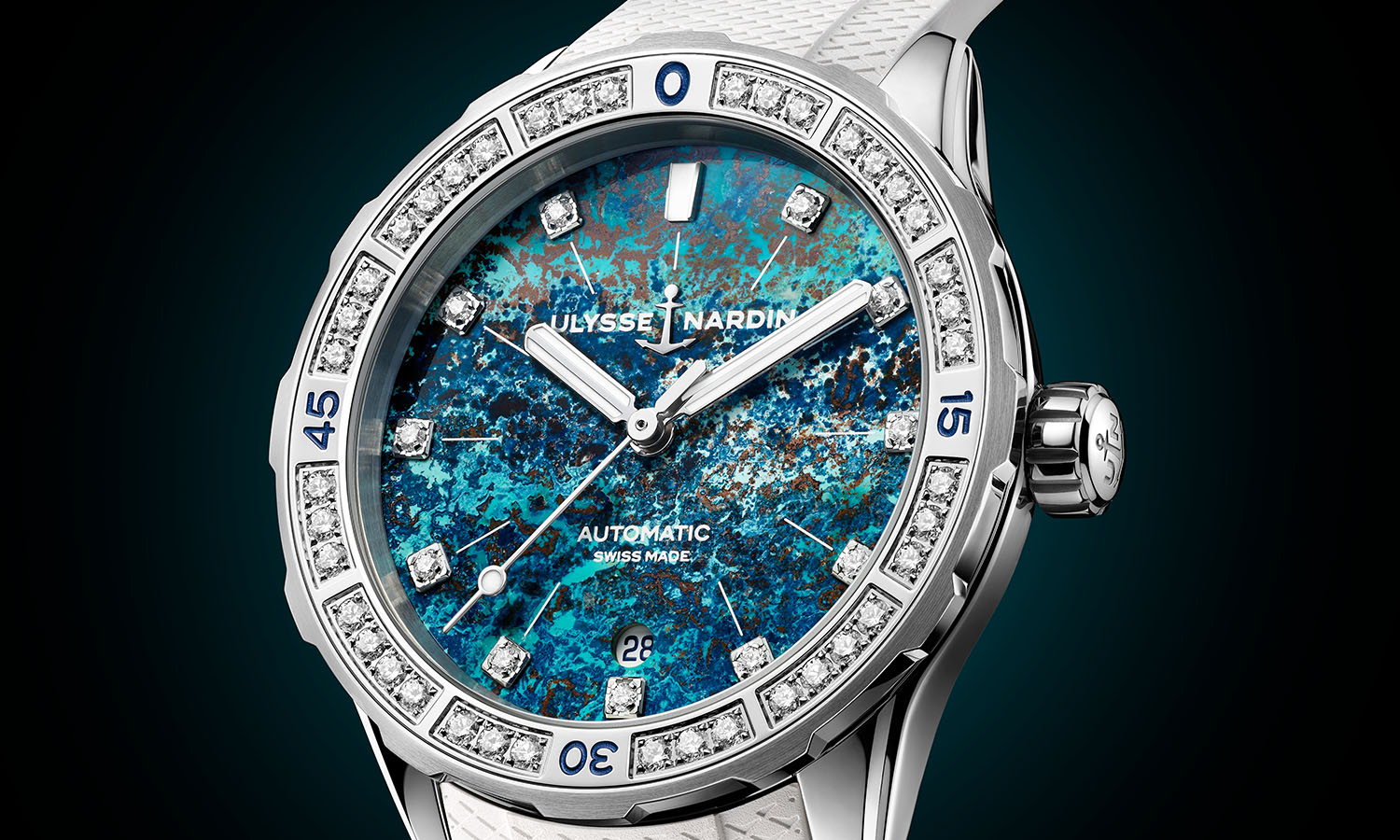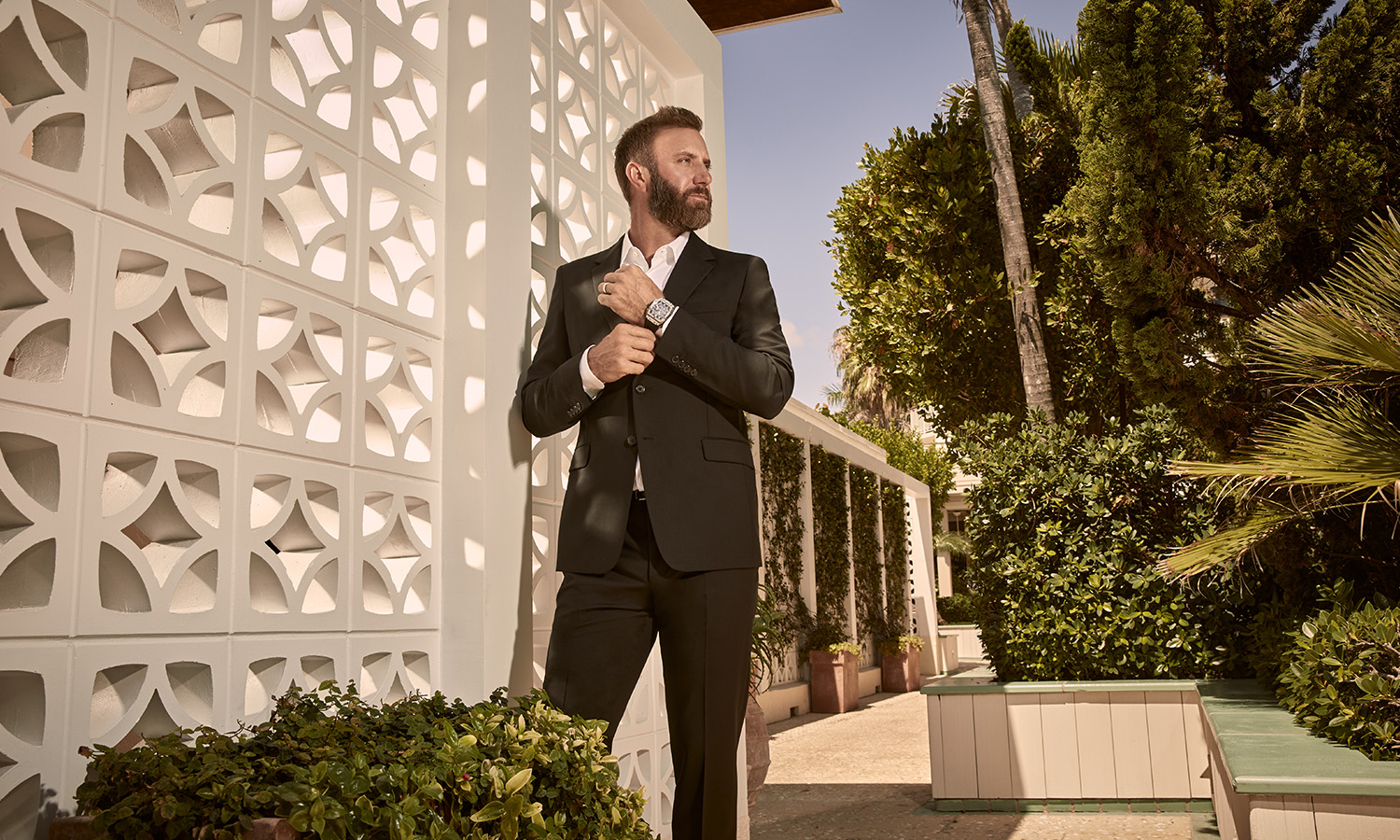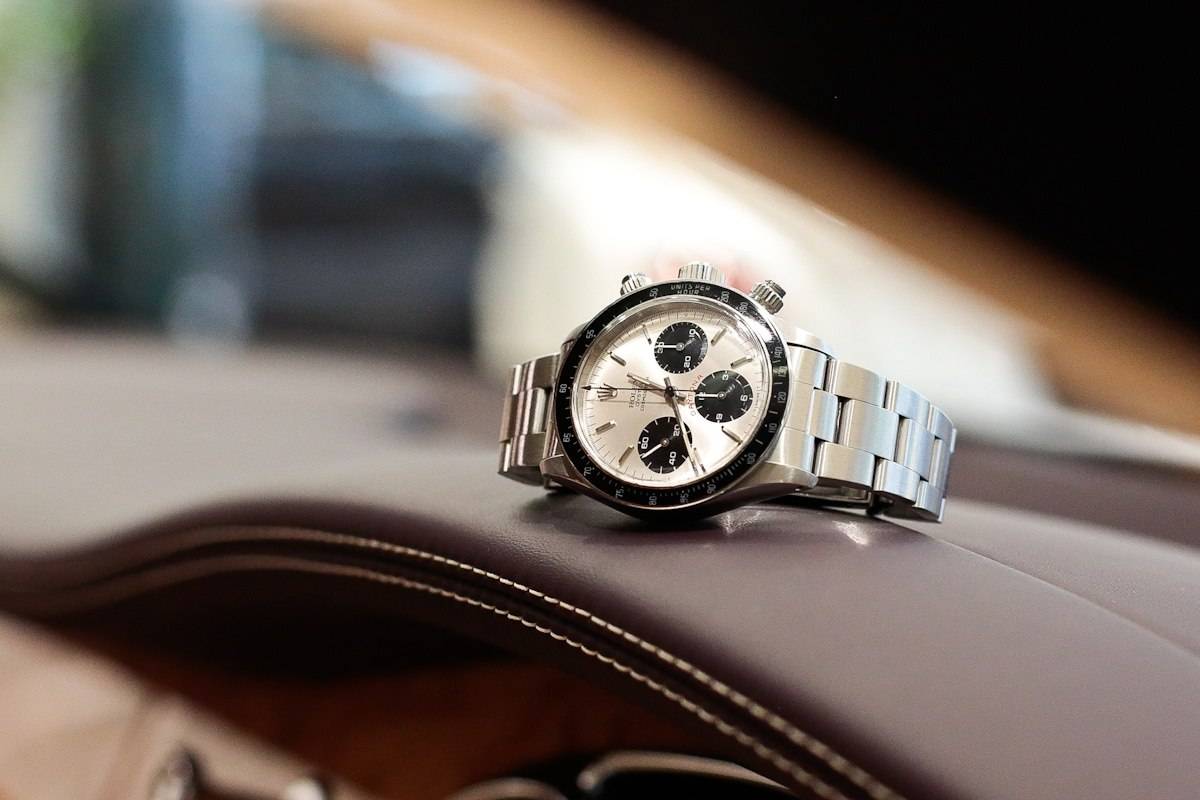
Five Reasons Rolex Guys Love Rolex According to Reginald Brack
Christie’s International Head of Retail for Watches, Reginald Brack, on why true vintage Rolex collectors know it’s about more than just the crown. Some vintage watch collectors love Patek Philippe. Some love Panerai. Some love all kinds. But Rolex is among the world’s most recognisable luxury brands because those who love Rolex tend to get a little obsessed. Below are just a few reasons.
1) They’re purpose-built
Rolex really is considered the original ‘tool watch.’ Vintage Rolex collectors love the romantic notion that so many of the classic models were created for specific, functional purposes — and often very adventurous ones — not simply as jewellery or decoration. The GMT-Master, for example, was created at Pan-Am’s request for its pilots, who were experiencing a new phenomenon called jet-lag. They wanted a watch that told time for two time zones at once. Likewise, the Submariner was made specifically for divers. The Milgauss was introduced in the 1950s for people who worked amid highly electro-magnetic environments, like early nuclear research labs. It was an anti-magnetic watch that could withstand one thousand ‘gauss,’ which is a measure of magnetism, hence the name, Milgauss (literally, ‘thousand gauss’). It was unusual for someone to wear watches like these in civilian life back when they were created. But wearing them for everyday use eventually became cool, and remains so to this day.
2) Details, details
Vintage Rolex collectors love the nuances of the various dials, bezels, crown guards, and other features that vary so widely even for specific models, and which can add so much to the value and collectibility of a watch. These nuances, like an ‘underline’ dial, an ‘exclamation’ dial, or a ‘Bart Simpson’ dial (models made very briefly during the 1960s, where the Rolex coronet insignia is flatter with shorter tines, resembling Bart Simpson’s hair) can boost a watch’s value enormously. Suddenly a $5,000 watch is worth $50,000, all because of a tiny detail.
3) It’s OK to accessorize
Rolexes are versatile in ways that many other haute horology brands are not. Changing the entire look and feel of a vintage Rolex can be as simple as popping off of a bracelet and adding a super cool Italian leather strap or a nylon NATO strap. One watch can so easily become many different watches simply by accessorizing. The latest trend is to swap in a hand-stitched Italian distressed leather or suede strap; real Rolex aficionados love to add a vintage Rolex tang buckle to complete that vintage look. It’s all about the way it looks. Accessorizing isn’t a faux pas with many vintage Rolexes because that’s how so many were originally sold. Back when some of these watches were new, authorized dealers would happily change a bracelet to a strap upon request in the store, or change an oyster bracelet to a jubilee bracelet. Some of these watches were literally delivered to their owners with a strap, whereas they left the factory with a bracelet. That’s not the case for most other fine watchmakers.
4) Their value just keeps growing
Vintage Rolexes have strong intrinsic value and we only see those values rising for examples in good condition. Rolex collectors get excited to own a wearable investment, which is really what vintage Rolex has turned into — particularly with sport models like the Submariner, the Daytona, and the Explorer. Those are models that continue to grow in value faster and steadier than most other existing classic watches. In general, the dressier Rolexes don’t gain value as quickly as the sport models, but there are exceptions. Super rare dress models like the elusive stainless steel Day Date are valued in the several hundred thousand dollar range.
5) They’re tough
Sport Rolexes were created for rugged use. They’re inherently durable. So the wearer really does not have to worry about wearing these watches, using these watches, enjoying these watches. They’ll survive for generations simply because the cases and movements were created for heavy use in extreme conditions. The Rolex Explorer, for example, was created to be exceptionally robust, with special lubricants in the movement that could withstand extreme changes in temperature. Rolex specifically had high-altitude mountain climbers in mind, who might see hundred degree temperature changes between day and night. One of the Explorer’s immediate forebears, an Oyster Perpetual chronometer (likely a reference 6084) accompanied Sir Edmund Hillary and Sherpa Tenzing Norgay on the first summit of Mount Everest in 1953. It survives in working condition today at the Beyer Watch and Clock Museum in Zürich. < This article by Reginald Brack first appeared on Christie’s official website on February 12, 2015. Browse and buy Rolex and other vintage watches at Christie’s Watch Shop.
 SIGN UP
SIGN UP

